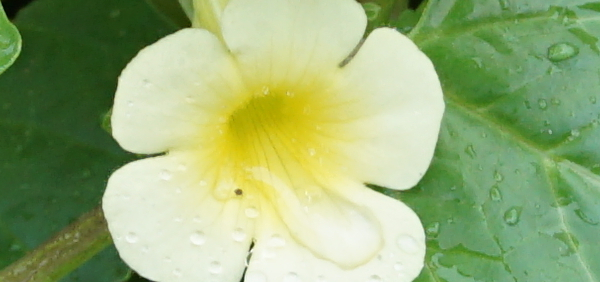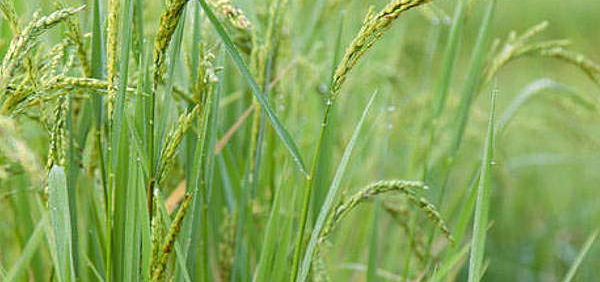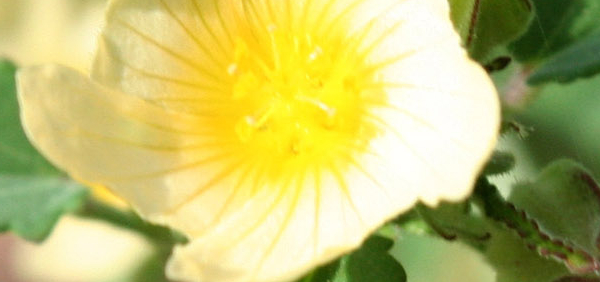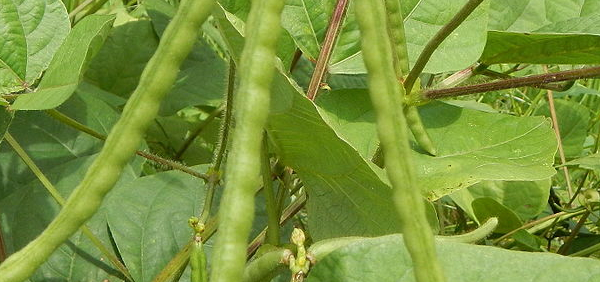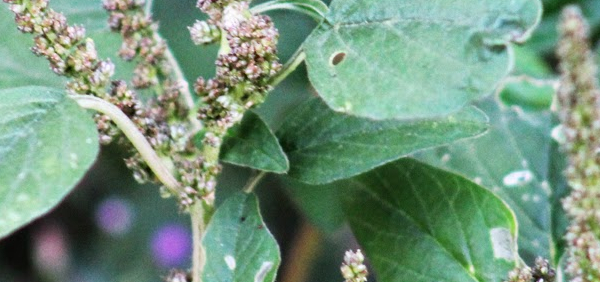kutira :
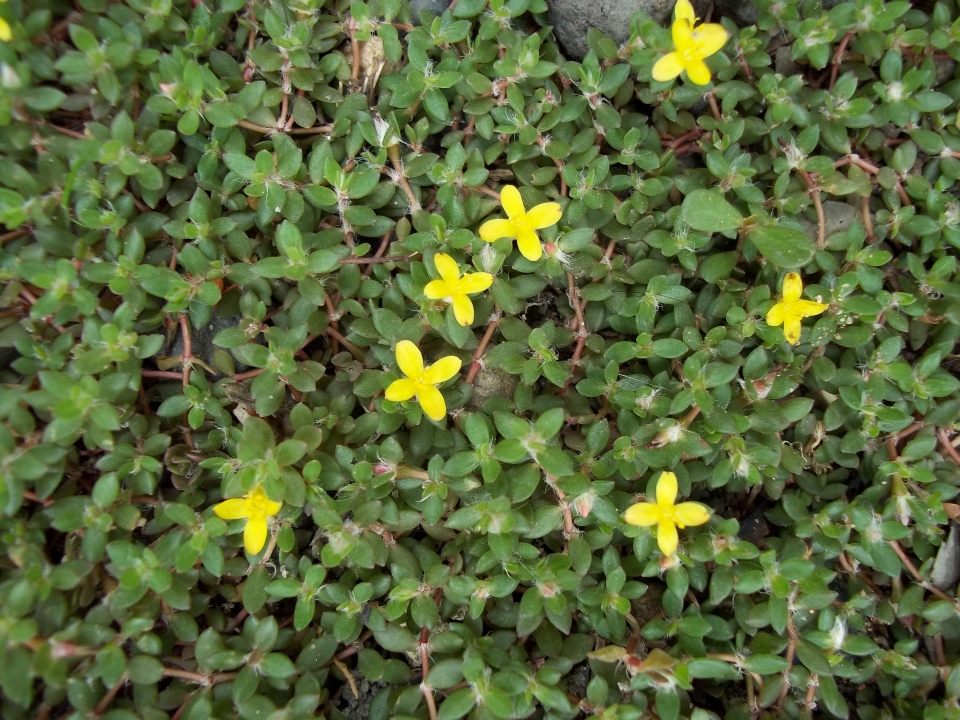
Morphology:
Prostrate annual herb with a somewhat swollen tap-root; stems often reddish and sometimes rooting at the nodes, sometimes reaching 25 cm long and c. 1 cm in diam. Leaves opposite; lamina fleshy, up to 10 × 4 mm, but often much less and frequently somewhat shrunk in dried specimens, elliptic, lanceolate, elliptic-oblong or rarely cordate-ovate, apex acute or obtuse, both surfaces more or less flattened; petiole c. 1 mm. long; stipular hairs whitish, numerous, 3–5 mm long. Flowers 1–4 at the ends of the branches, surrounded by 4 leaves often somewhat larger than the cauline ones and by numerous hairs c. 4 mm long. Sepals 2–4 × 1·5–3·5 mm ± triangular, obtuse, united at the base. Petals 4 (5), yellow or orange or very rarely pink or purplish, almost free, c. 5 × 3 mm, elliptic to ovate. Stamens 8–12. Ovary conical-ovoid; style c. 5 mm long, thickened at the apex and with 4 spreading stigmas. Capsule conical-ovoid, dehiscing horizontally c. 1/3 of the way up. Seeds many, c. 1 mm in diameter, greyish, reniform, verrucose with blunt tubercles.
The stamen number and flower size of P. quadrifida however may be variable
Histology:
The transverse section of root is circular in outline with exfoliative periderm as the outermost layer Periderm is of 2-5 layers and followed by wide cortex consisting of 6 to 8 layers of thin walled, polygonal parenchymatous cells. Transverse of section of root showed the presence of triarch primary xylem at the center.
Microscopical characteristics of Portulaca quadrifida
Stem: The cross section of the stem was circular in outline It consists of epidermis, cortex and pith. The epidermal cells were polygonal in shape and were surrounded externally by thick cuticle. The outer wall of the epidermal cells slightly bulged out. Cortex is composed of thin walled, more or less isodiametric parenchymatous cells without any intercellular spaces. Collateral vascular bundles were arranged in a ring at the center. Pith is nearly absent.
Microscopical characteristics of Portulaca quadrifida flower
Cells of corolla are tubular with wavy walls and transverse septa . Cells of calyx are more or less rectangular with transverse to oblique septa. Unicellular covering trichomes are seen at the base of corolla . Anthers are bilobed with rounded pollen grains
Length of stomata and epidermal cells, number of stomata were found to be more on the abaxial surface. Stomata was absent on the abaxial surface of Portulaca quadrifida. Value of the vein islet number is higher for Portulaca oleracea among the three species.
- » Classification and names of kutira
- » Synonyms and definitions of kutira
- » Drug Properties of kutira
- » Chemical Constituents of kutira
- » Standardization of kutira
- » Parts used and Dosage of kutira
- » Morphology and Histology of kutira
- » Distribution and Conservation of kutira
- » Cultivation of kutira
- » kutira in the market
- » Medicinal Uses of kutira
- » Researches and clinical trails of kutira
- » kutira in other sytems of medicine
- » Ayurvedic formulations with kutira
- » Images of kutira





